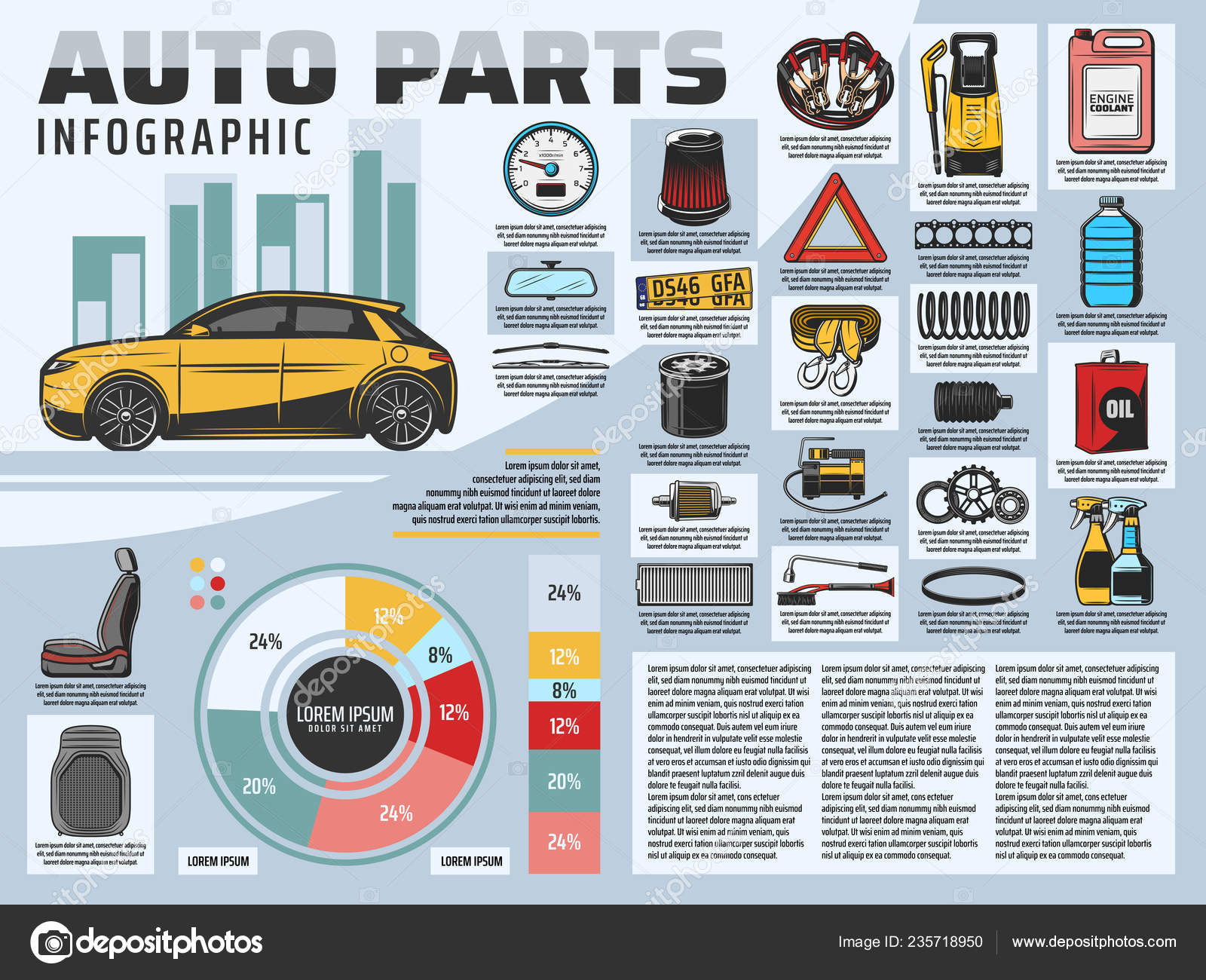Looking For Clarity On The Caution Lights Presented On Your Automobile'S Control Panel? Figure Out How They Associate With Your Automobile'S Health And Safety
Looking For Clarity On The Caution Lights Presented On Your Automobile'S Control Panel? Figure Out How They Associate With Your Automobile'S Health And Safety
Blog Article
Short Article Created By-Faulkner Torres
When you lag the wheel, those glowing warning lights on your dashboard can be a bit perplexing. Do you recognize what they're trying to inform you about your vehicle's wellness? Understanding the significance of these lights is important for your safety and the longevity of your automobile. So, the following time among those lights turns up, would not you want to decode its message properly and take the needed steps to address it?
Common Caution Lighting and Interpretations
Determine common caution lights in your auto and recognize their significances to guarantee safe driving.
The most common warning lights consist of the check engine light, which indicates problems with the engine or exhausts system. If this light begins, it's crucial to have your automobile examined promptly.
The oil stress warning light shows low oil pressure, calling for prompt focus to avoid engine damages.
A blinking battery light could recommend a damaged charging system, potentially leaving you stranded if not resolved.
linked internet site tracking system (TPMS) light notifies you to low tire stress, impacting vehicle security and gas effectiveness. Neglecting this could bring about hazardous driving conditions.
The abdominal muscle light suggests a trouble with the anti-lock braking system, endangering your capability to stop promptly in emergency situations.
Lastly, the coolant temperature alerting light warns of engine overheating, which can lead to severe damage otherwise solved swiftly.
Understanding these usual warning lights will aid you resolve concerns promptly and preserve secure driving problems.
Significance of Prompt Attention
Comprehending the common caution lights in your automobile is only the initial step; the importance of promptly attending to these cautions can not be stressed sufficient to guarantee your safety when traveling.
When a warning light brightens on your control panel, it's your auto's way of communicating a prospective issue that requires attention. Disregarding these cautions can cause extra severe issues in the future, jeopardizing your security and potentially costing you much more in repairs.
Trigger interest to cautioning lights can protect against malfunctions and crashes. For example, a blinking check engine light might suggest a misfire that, if left unattended, can trigger damage to the catalytic converter. Addressing this immediately can save you from a costly fixing.
In a similar way, a brake system alerting light might signal reduced brake fluid or used brake pads, crucial components for your security when driving.
Do It Yourself Troubleshooting Tips
If you discover a caution light on your control panel, there are a couple of DIY fixing suggestions you can try prior to looking for specialist help.
https://oilchangeservices84061.blogacep.com/35125463/observe-the-impressive-revival-of-an-ignored-automobile-highlighting-the-extraordinary-effectiveness-of-proficient-outlining-strategies-it-s-sure-to-take-your-breath-away is to consult your auto's guidebook to understand what the details caution light suggests. Sometimes the concern can be as basic as a loose gas cap setting off the check engine light. Tightening up the gas cap may solve the problem.
Another typical problem is a low battery, which can set off different alerting lights. Examining the battery links for rust and guaranteeing they're safe may take care of the issue.
If a caution light persists, you can attempt resetting it by disconnecting the cars and truck's battery for a few minutes and after that reconnecting it. Additionally, examining your vehicle's fluid levels, such as oil, coolant, and brake liquid, can assist troubleshoot warning lights connected to these systems.
Conclusion
Finally, understanding your cars and truck's caution lights is crucial for maintaining your automobile running smoothly and securely. By quickly resolving these signals and knowing what they indicate, you can avoid costly repairs and potential breakdowns.
Remember to consult your vehicle's guidebook for specific information on each alerting light and take action accordingly to ensure a trouble-free driving experience.
Remain informed, remain secure when traveling!
